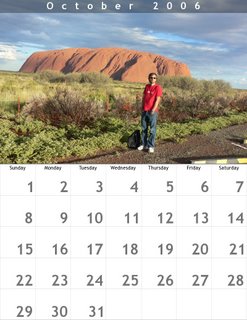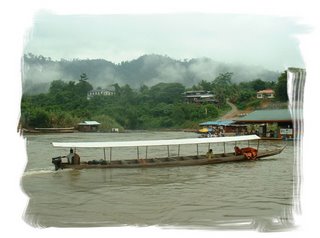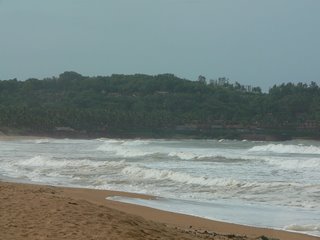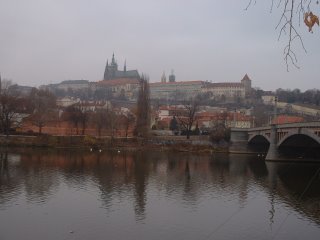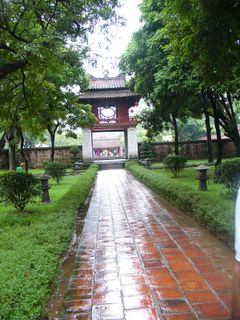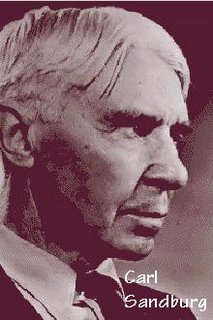
Small Town Ruminations
It’s not often that I travel beyond big cities in the country. So when work took me to Bareilly, I was quite looking forward to getting a deko at small town India. Bareilly is not really a small town – it has a population greater than 7 lakhs. Yet, in the hierarchy of Indian towns, it does get classified as a less than 10 lakh population town, so yes, it is a small town relatively speaking.
Of course, I had heard of Bareilly being the home town of Priyanka Chopra and had heard the song ‘bareilly ke bazaar mein, jhumka gira re’. Beyond that, I had difficulty recognizing that Bareilly and Rae Bareilly are 2 different places (I actually spent a whole lot of time planning my trip to Rae Bareilly, thinking they are one and the same). While this is an indicator of course of my dumbness, it is also a pointer to how insignificant any place beyond the big cities is, to the average metro dweller.
My drive from Lucknow to Bareilly was quite uneventful, despite several people warning me about travel (especially 2 women traveling without any male protection!) in UP during the UP elections. The sugarcane and mustard fields by the sides of the highway, the slow moving tractors on the roads that seemed to forever slow us down, the women with saree pallus covering their heads (completely incomprehensible to a south Indian), the mud huts with thatched roofs…all pointed to a stereotypical view of village north India.
Bareilly town itself was a dusty, crowded affair. There was the obvious clock tower, the mosque, some semblance of colonial construction and the railway station. Beyond that, what registers is the rash of 2 wheelers, cycle rickshaws and auto rickshaws. The hotel we were taken to was supposedly the new plush one in town. There was little plushness in evidence – a cockroach in the bathroom and a possible one in the food put paid to any claims of luxury. Yet, it was serviceable. There was hot water and even a heater in the room. And the service staff was friendly.
A visit to the market place brought the whole small town feel right to the forefront. Coming on the heels of a film production, where we spent lakhs to re-create this bazaar feel in a set in Mumbai, this was ironic. The colours of the sarees hanging in the shops, the cacophony of sounds and smells, the women sitting on the cycle rickshaws, the absolute chaos of traffic where there was no way a car could get through those streets – it was the age old marketplace. Nothing might have changed in a century. The surma seller selling nothing else but kohl for the eyes was a revelation. We later learned, of course, that Bareilly is famous for the surma.
Yet there was evident change. ICICI, HDFC and SBI all had their ATMs here. We spoke to some young lower middle class girls (as part of ‘research’) and they were all dreaming big. There was no doubt in their minds that they were going to become a somebody in their lives. Bareilly was not the world for them. They want to move out – to Delhi and to other big cities. They want to become engineers, fashion designers and air hostesses. Marriage was a given, but that wasn’t stopping them from dreaming beyond it. And their mothers had the same dreams for their daughters. Where was the subjugated small town girl?
Bollywood and TV soaps ruled, of course. Hearts beat for Shahrukh, Salman and Hrithik, just as they beat for them in the big cities. Yet, going out to the cinemas was not all that common. The local theatre was showing the latest Hindi and Bhojpuri cinemas, but the girls were not watching their heroes there. They were watching them on VCDs at home – piracy rules! Kyunki was still going strong, but there were a rash of other replacements including the latest reality show – Big Boss. And advertisements were a window too to the world beyond.
Small town males though seem to have undergone little change. At a research group, the only males around were the guys from the local video recording unit. It was obvious that they had little clue on how to make a DVD player work with the TV. So when the female local recruiter suggested that they try plugging the cable into a different socket, the guy reacted so violently, it came as a minor shock. His expertise was being challenged by a woman and it was clear he didn’t like it one bit. But when it became obvious that the woman was right, the bully backed down and went away sulking. I guess the world around is changing too rapidly for a large section of Bareilly…and the reactions aren’t always going to be pretty.
When we took the road back to Delhi after two days in Bareilly, we were not unhappy to leave. Small towns at the end of the day are small towns. You can romanticize them to a certain extent, you can observe and make your research notes. You can note the fact that young women everywhere are the same – they squeal when they see a cockroach or a picture of a shirt-less Salman, they want to travel the world as an air hostess, they giggle when asked about boys. Yet, at the end of the day, you want to leave. You know there is nothing here for you. The big city lights beckon and you feel claustrophobic enough to do anything to catch the last flight home.





